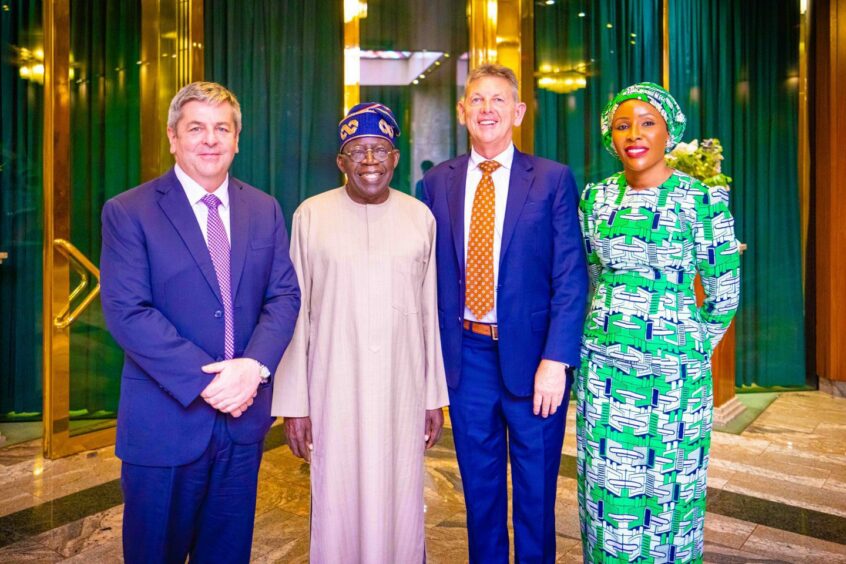
Conflict between Nigeria’s regulators has required President Bola Tinubu to step in and delineate responsibilities.
The essence of the dispute came down to which of the bodies should regulate terminals. The Petroleum Industry Act (PIA) established the two regulators, but a lack of clarity led to accusations of theft against companies, including ExxonMobil.
In early June, Nigerian Midstream and Downstream Petroleum Regulatory Authority (NMDPRA) accused Exxon of “unlawful action”. The company had loaded a butane cargo on June 8.
Exxon officials maintained they had acted in line with the law, with approval from the Nigerian Upstream Petroleum Regulatory Commission (NUPRC).
The PIA gave NMDPRA authority to oversee future standalone terminals, but not existing integrated facilities.
Tinubu issued a directive on June 26, seen by Energy Voice, attempting to settle the differences. The order said the PIA had “inadvertently created ambiguity and overlap in regulatory scope”.
Tinubu ordered that NUPRC would be the “exclusive technical and commercial regulator in respect of upstream petroleum operations and facilities”. This includes facilities linked “from extraction to and including crude export terminals and the gate of the natural gas processing plant”.
Meanwhile, NMDPRA will have the role of regulator “from the exit of the crude export terminals and the entry gate of the natural gas processing plant”.
According to a graphic distributed with the order, NMDPRA will oversee LNG, CNG, LPG and oil refineries. It also oversees product pipelines, depots and fuel stations.
NUPRC will have “sole authority” to determine whether midstream facilities are integrated with the upstream. The order said the regulator would need to draw up criteria for these determinations.
The two regulators must “immediately comply”, it said, and “ensure that no duplication of regulatory responsibilities occurs across any activity”.
